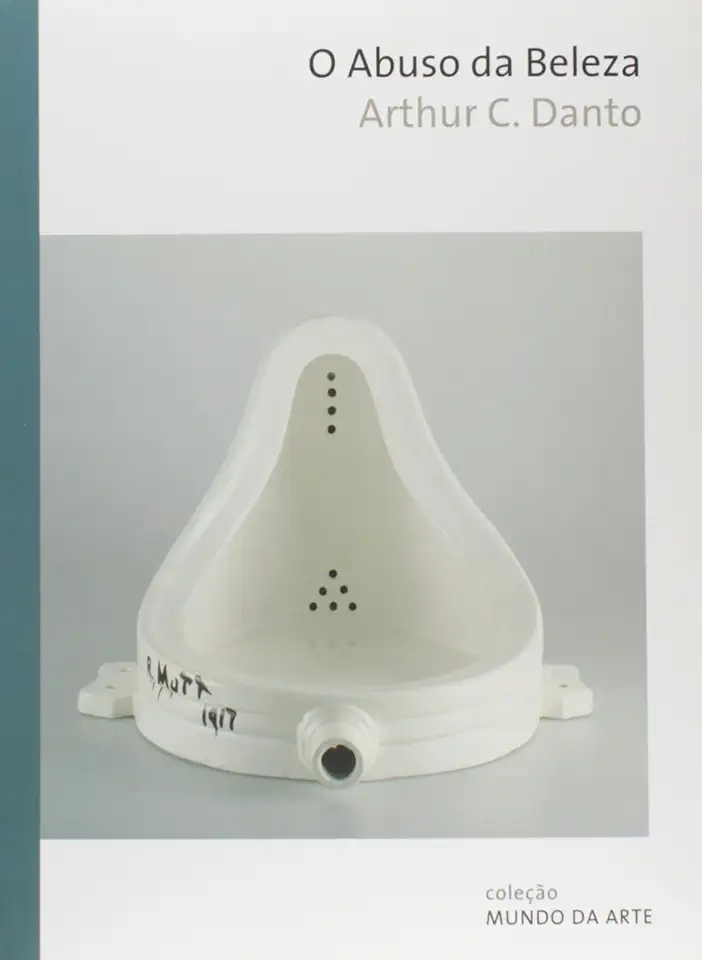
The Abuse of Beauty - Arthur C. Danto
The Abuse of Beauty: Aesthetics and the Concept of Art
In his groundbreaking work, "The Abuse of Beauty," Arthur C. Danto challenges traditional notions of beauty and art, offering a provocative and insightful exploration of the relationship between aesthetics and the concept of art. Danto argues that beauty is not an inherent quality of objects but rather a product of cultural and historical contexts. He examines how the concept of beauty has been abused throughout history, particularly in the realm of art, and proposes a new understanding of beauty that is more inclusive and reflective of the diverse ways in which we experience and appreciate art.
Deconstructing Traditional Notions of Beauty
Danto begins by deconstructing the traditional notion of beauty as an objective, universal standard. He argues that beauty is not something that can be objectively measured or defined, but rather a subjective experience that is shaped by our cultural values, beliefs, and experiences. Danto draws on a wide range of examples from art history to illustrate how the concept of beauty has changed over time, and how it has been used to justify both the inclusion and exclusion of certain works of art.
The Abuse of Beauty in Art
Danto argues that the concept of beauty has been abused in art in a number of ways. One common abuse is the tendency to equate beauty with artistic value. This can lead to a narrow and exclusionary view of art, as it privileges certain types of art that conform to traditional notions of beauty while dismissing others that do not. Danto also critiques the use of beauty as a criterion for judging the quality of art, arguing that it is a subjective and unreliable measure that can lead to biased and unfair evaluations.
Towards a New Understanding of Beauty
Danto proposes a new understanding of beauty that is more inclusive and reflective of the diverse ways in which we experience and appreciate art. He argues that beauty is not a fixed or unchanging concept, but rather a dynamic and evolving phenomenon that is constantly being redefined and reshaped by our cultural and historical contexts. Danto encourages us to embrace a broader and more open-minded view of beauty, one that values the unique and distinctive qualities of all works of art, regardless of whether they conform to traditional standards of beauty or not.
Conclusion
"The Abuse of Beauty" is a thought-provoking and challenging book that offers a fresh perspective on the relationship between aesthetics and the concept of art. Danto's incisive analysis of the ways in which beauty has been abused in art history provides a valuable framework for understanding the complex and ever-changing nature of beauty. This book is a must-read for anyone interested in aesthetics, art history, or the philosophy of art.
Why You Should Read "The Abuse of Beauty"
"The Abuse of Beauty" is a must-read for anyone interested in aesthetics, art history, or the philosophy of art. Here are a few reasons why you should read this book:
- Danto's provocative and insightful analysis of the relationship between aesthetics and the concept of art will challenge your traditional notions of beauty and art.
- Danto's exploration of the ways in which beauty has been abused in art history provides a valuable framework for understanding the complex and ever-changing nature of beauty.
- Danto's writing is clear, engaging, and accessible, making this book a pleasure to read for both scholars and general readers alike.
If you are interested in learning more about the nature of beauty and its role in art, then "The Abuse of Beauty" is a book that you cannot afford to miss.